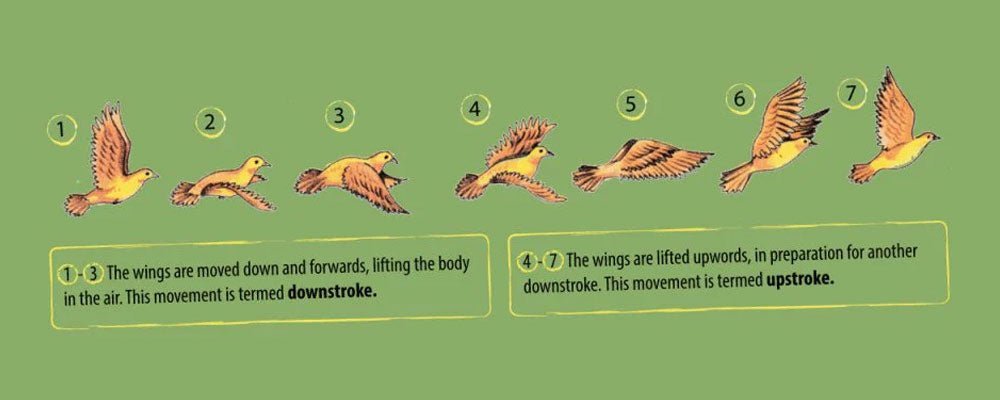
How do birds fly?
Some birds seen in gardens spend much of their lives in a last the air, whereas others will only fly as resort if threatened. The mechanics of flight are similar in all birds, but flight patterns vary significantly, which can help you to identify the various groups in the air.
Body structure of birds helps flight
The structure of the bird's body has evolved to facilitate flight. It is important for a bird's body weight to be relatively light, because this lessens the muscular effort required to keep it airborne.
The powerful flight muscles, which provide the necessary lift, can account for up to a third of the bird's total body weight. They are attached to the breastbone, or sternum, in the midline of the body, and run along the sides of the body from the clavicle along the breastbone to the top of the legs.
Body weight affects birds' flight
There is actually an upper weight limit of just over 18 kg above which birds would not be able to take off successfully. So, smaller birds can dart straight off a perch yet some larger birds, notably swans, need a run-up in order to gain sufficient momentum to lift off, particularly from water. Indeed, some of the heavier flying birds, such as pheasants, prefer to run rather than fly because of the effort involved in becoming airborne.
So, the lightness of a bird's skeleton helps it to fly. There have been evolutionary changes in body organs too, most noticeably in the urinary system. Unlike mammals, birds do not have a bladder that fills with urine. Instead, their urine is greatly concentrated, in the form of uric acid, and passes out of the body with their faeces.
How thermal air affects birds flight
Larger predatory birds, such as kites and falcons, use rising columns of air called thermals, caused by warm air rising from the ground, to provide uplift, and then circle around in them, but may have difficulty flying early in the day when little warm air is rising.
How many times does a bird's wing beats in order to fly?
The number of wing beats varies dramatically between species. For example, American hummingbirds are renowned for beating their wings more frequently than any other bird as they hover in front of flowers to harvest their nectar. Their wings move so fast - at over 200 beats per minute – that they produce a buzzing sound and appear as a blur to the eyes. On the other hand, heavier birds such as swans fly with slow, deliberate wing beats.
Which birds fly in formation?
Different species of birds have various ways of flying, which can actually aid the birdwatcher in helping to identify them. For example, small birds such as tits (paridae) and finches (fringillidae) alternately flap their wings and fold them at their sides, adopting a streamlined shape, which helps to save energy and produces a characteristic dipping flight which aids recognition. In contrast, larger birds, such as ducks and geese, maintain a straighter course at an ever height. Birds flying in formation create a slipstream, which makes flying less effort for all the birds behind the leader. This is why birds often fly in formation, especially when covering long distances on migration.
How does the wing shape of a bird affect flight?
The shape of the wing is important for a bird's flying ability. Birds that remain airborne for much of their lives, such as swifts, have relatively long narrow wings that allow them to glide with relatively little effort making them fast and manoeuvrable.
In contrast, the barn owl's feathers have fringed edges, which allows it to fly without the slightest sound, and swoop down on its prey without being detected.
Once in flight, the shape of the wing is crucial in keeping the bird airborne. Viewed in cross-section from the side, a bird's wing resembles an aeroplane's wing, called an aerofoil, and in fact aeroplanes use the same technique as birds to fly.
The wing is curved across the top, so the movement of air is faster over this part of the wing compared with the lower surface. This produces reduced air pressure on top of the wing, which provides lift and makes it easier for the bird to stay in the air.
The long flight feathers at the rear edge of the wings help to provide the thrust and lift for flight. The tail feathers, too, can help the bird remain airborne.
A bird's wings move in a regular figure-of-eight movement while it is in flight. During the downstroke, the flight feathers join together to push powerfully against the air.
The primary flight feathers bend backward, which propels the bird forward. As the wing moves upward, the longer primary flight feathers move apart, which reduces air resistance.

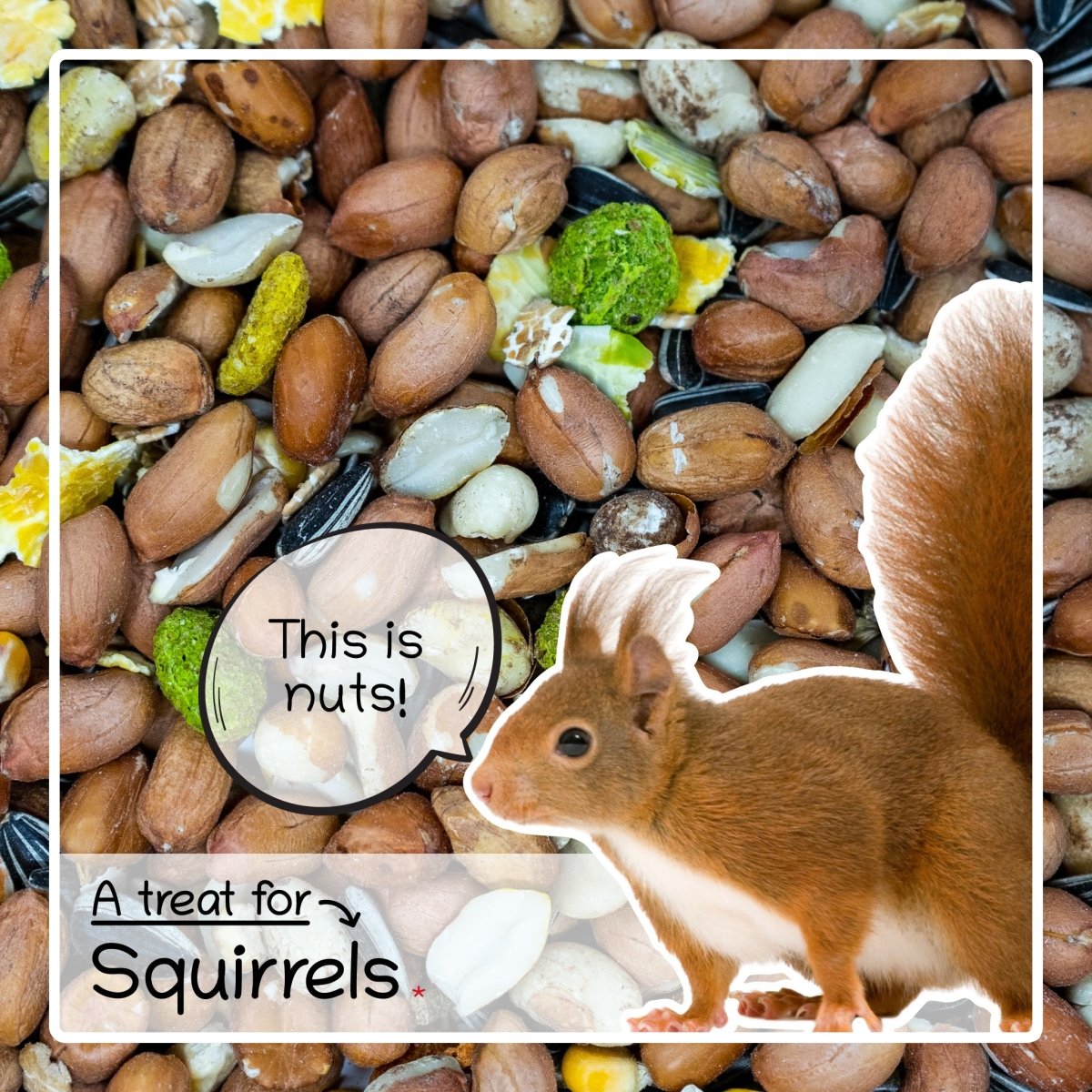
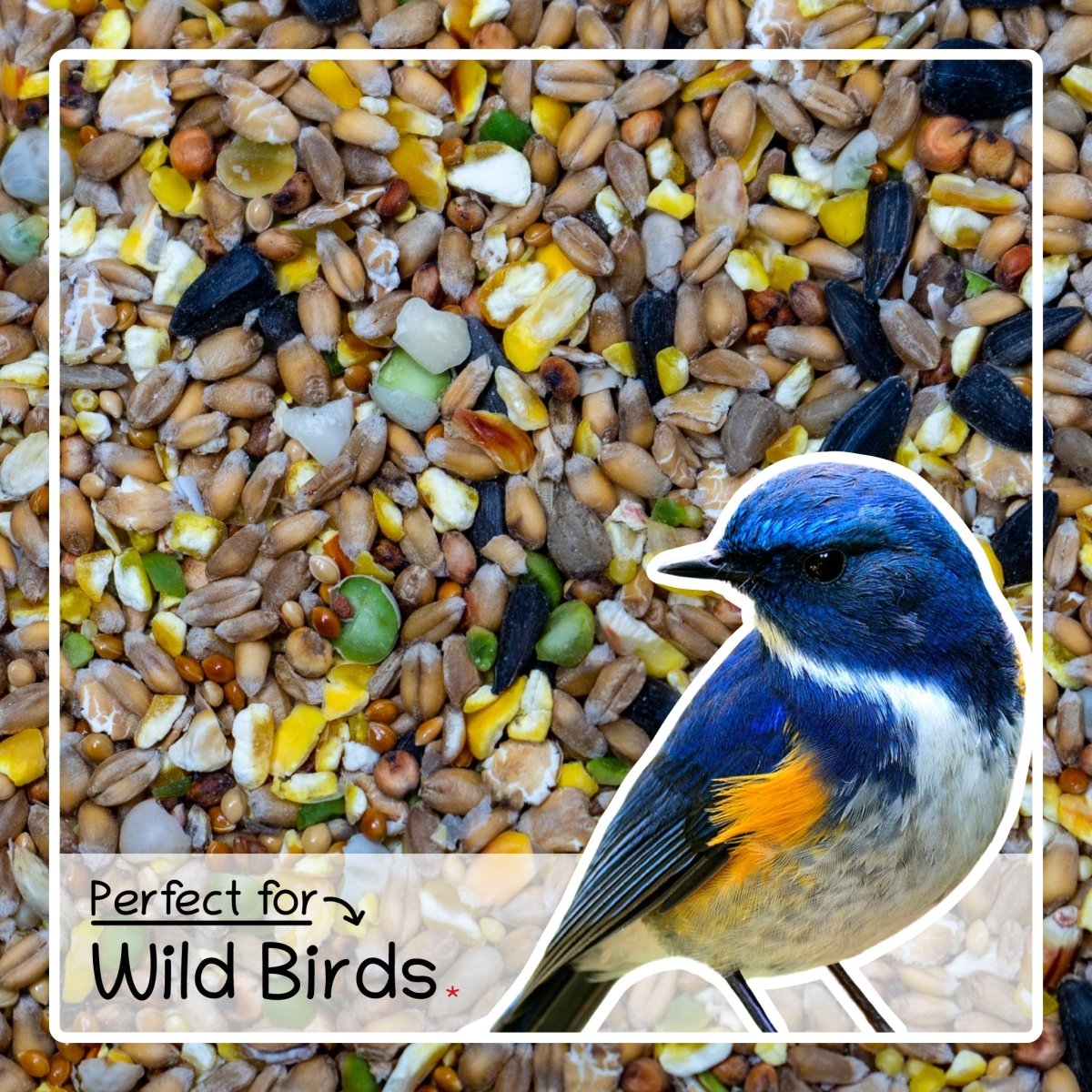
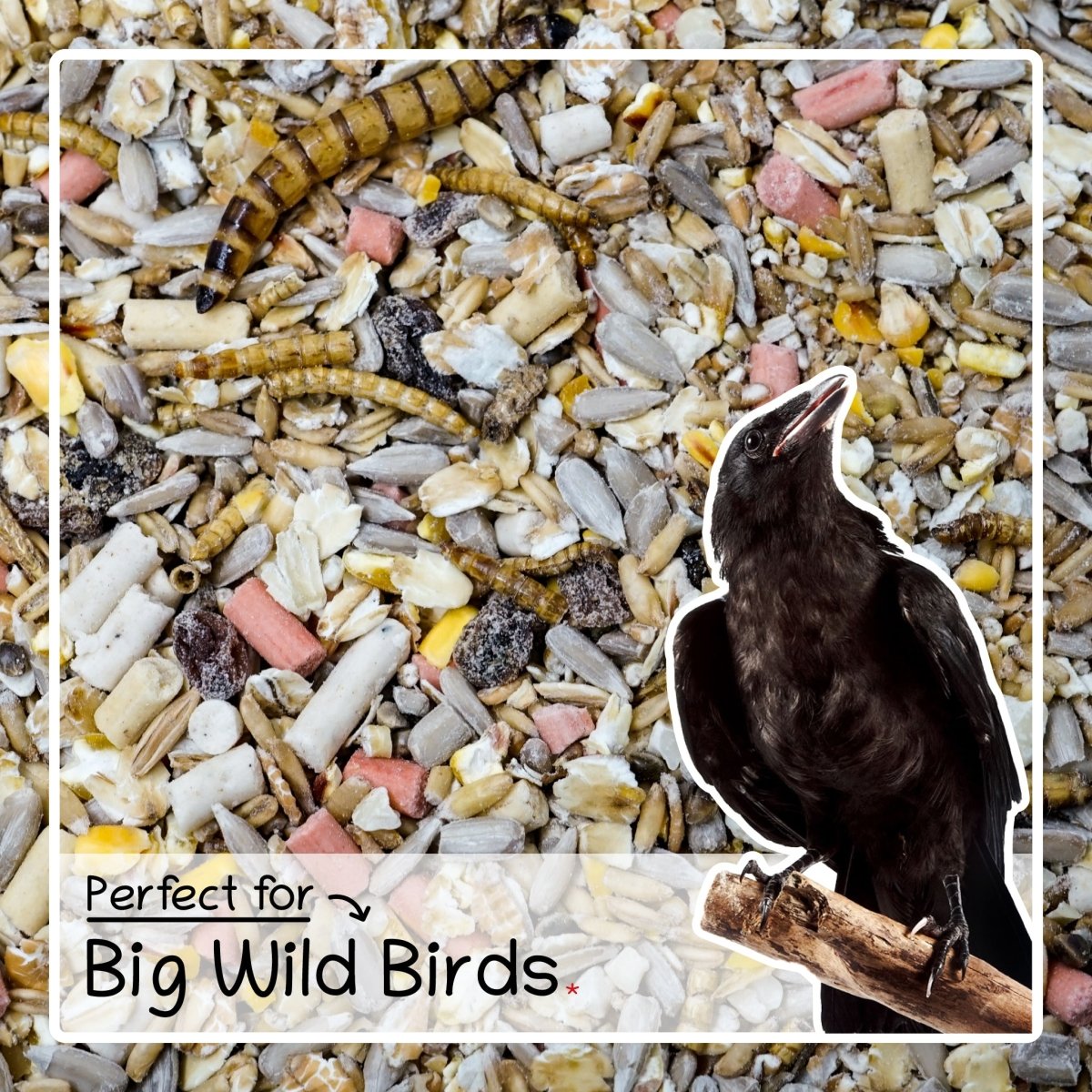
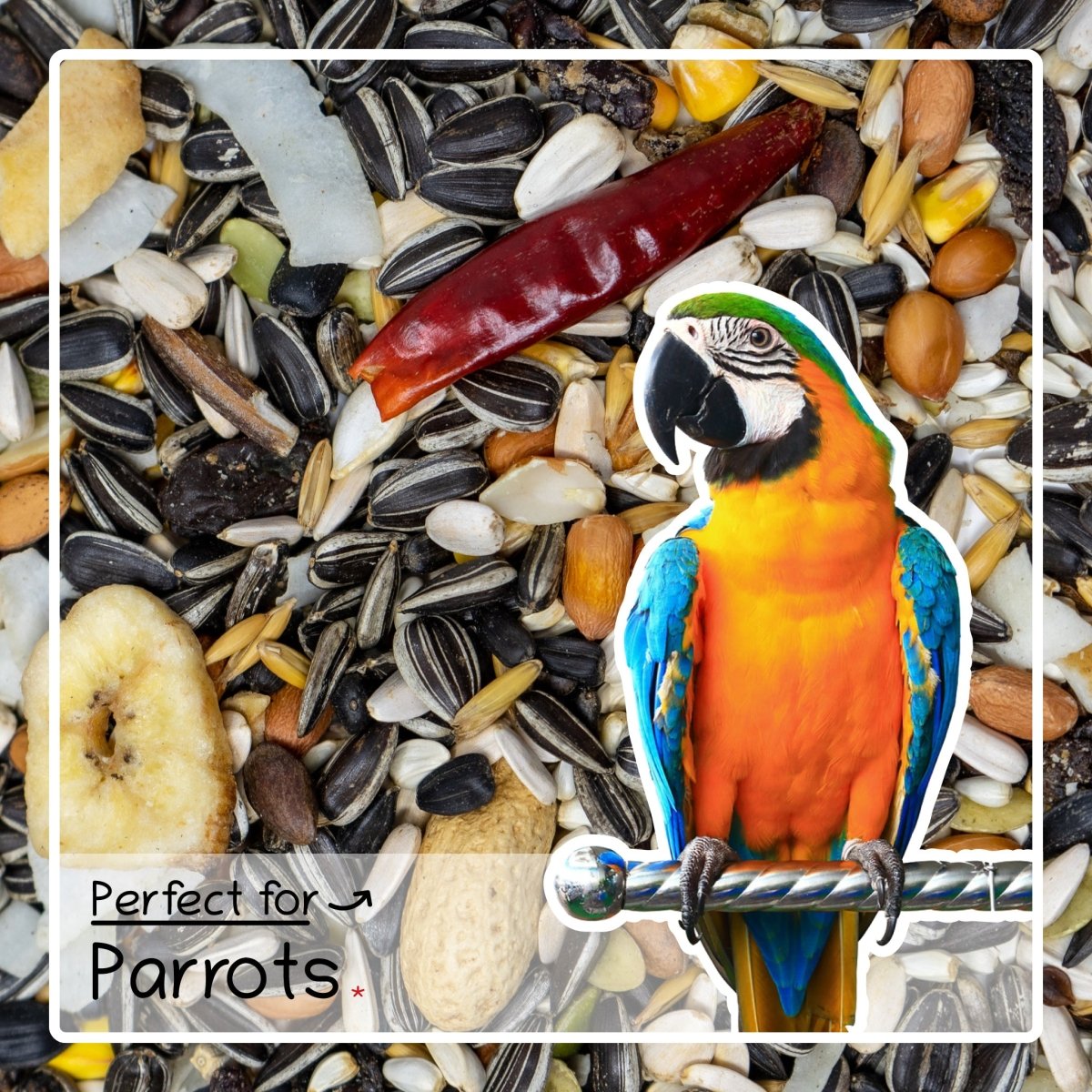
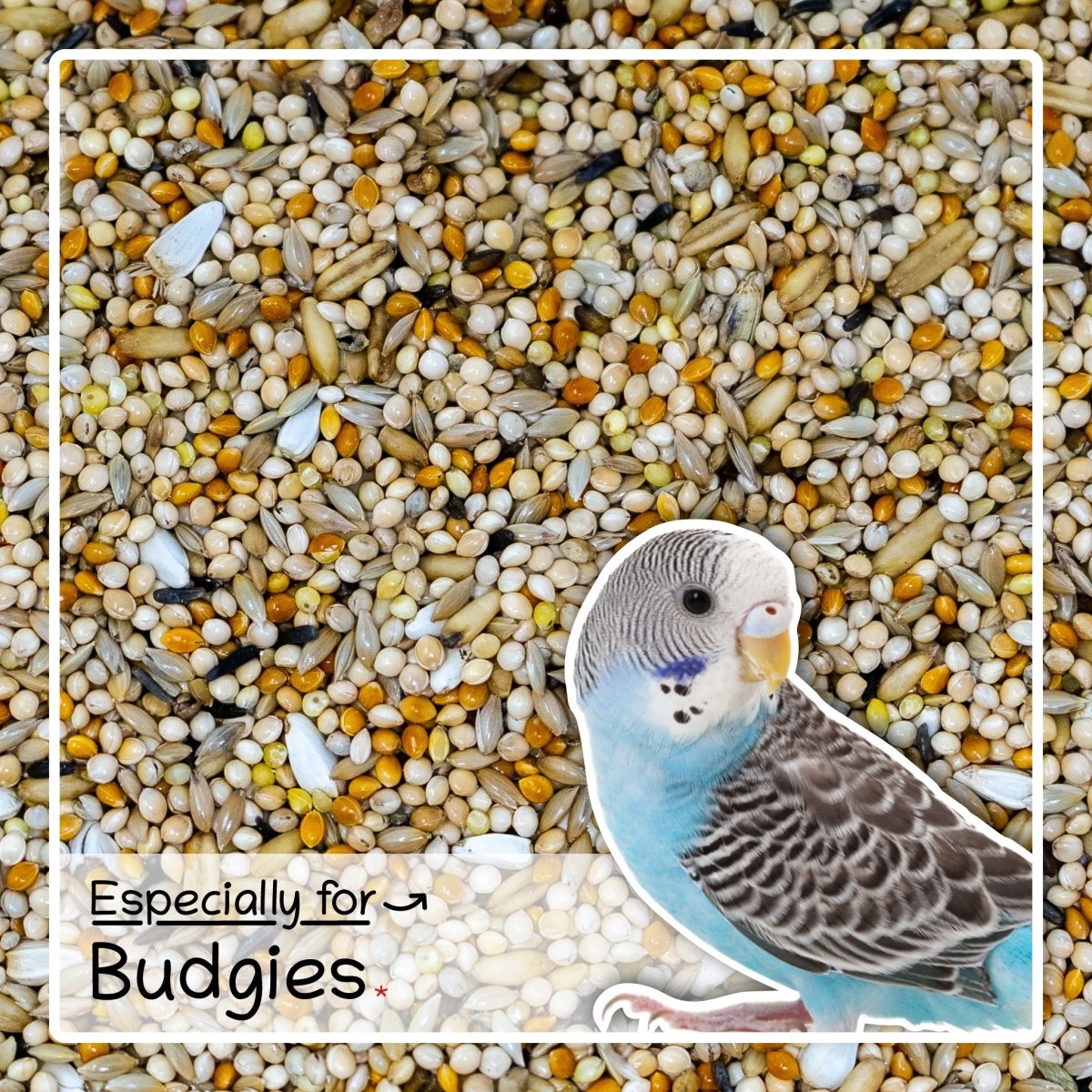
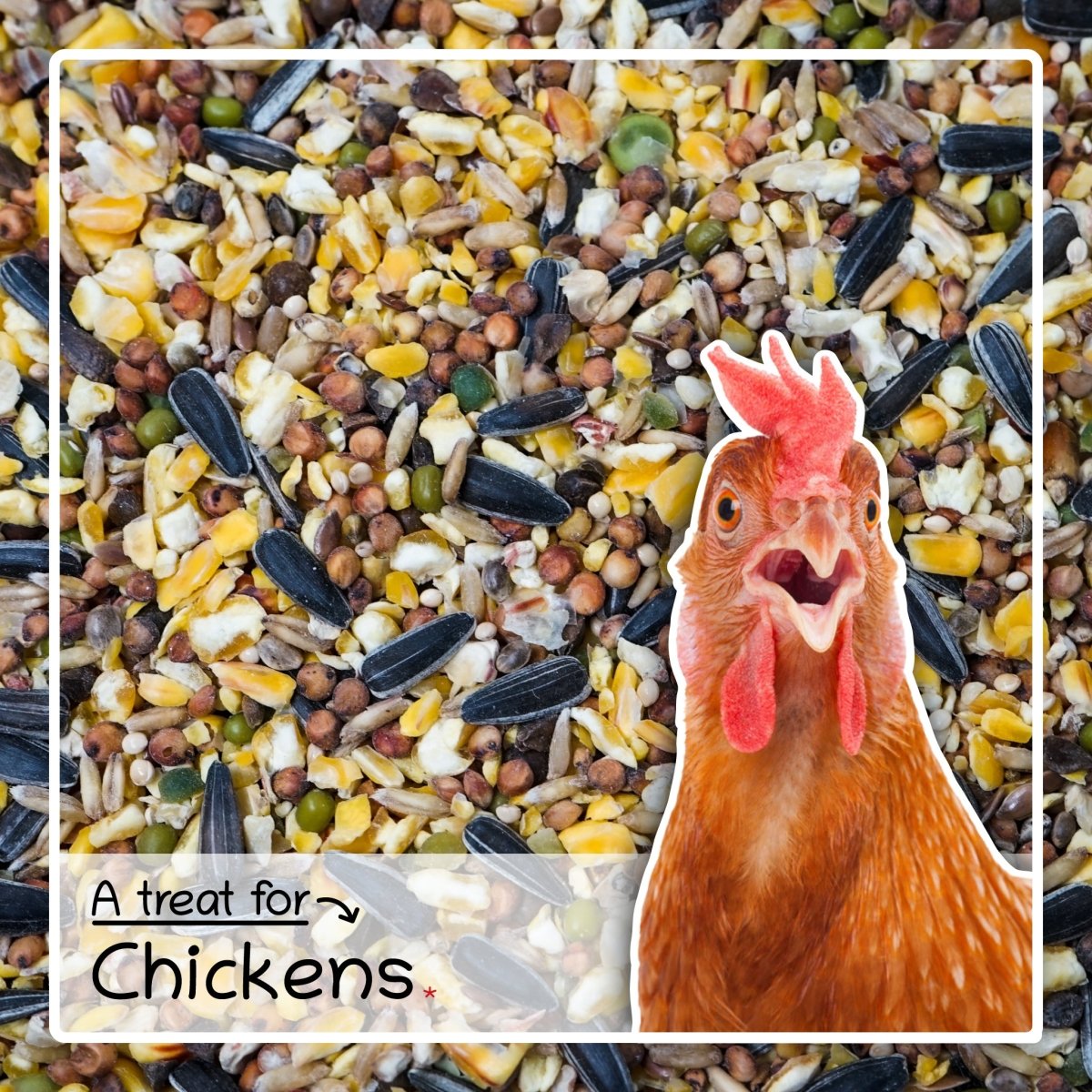
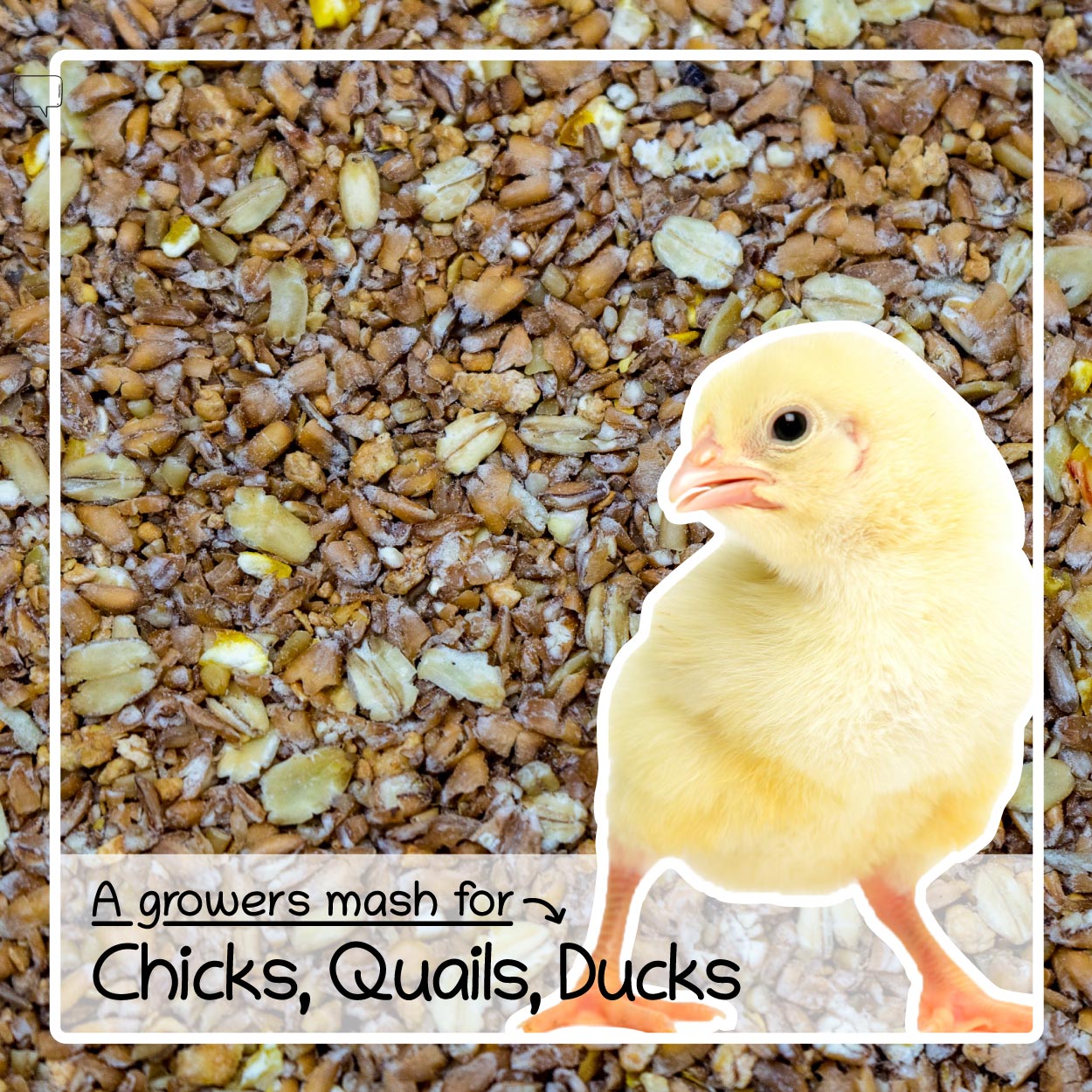
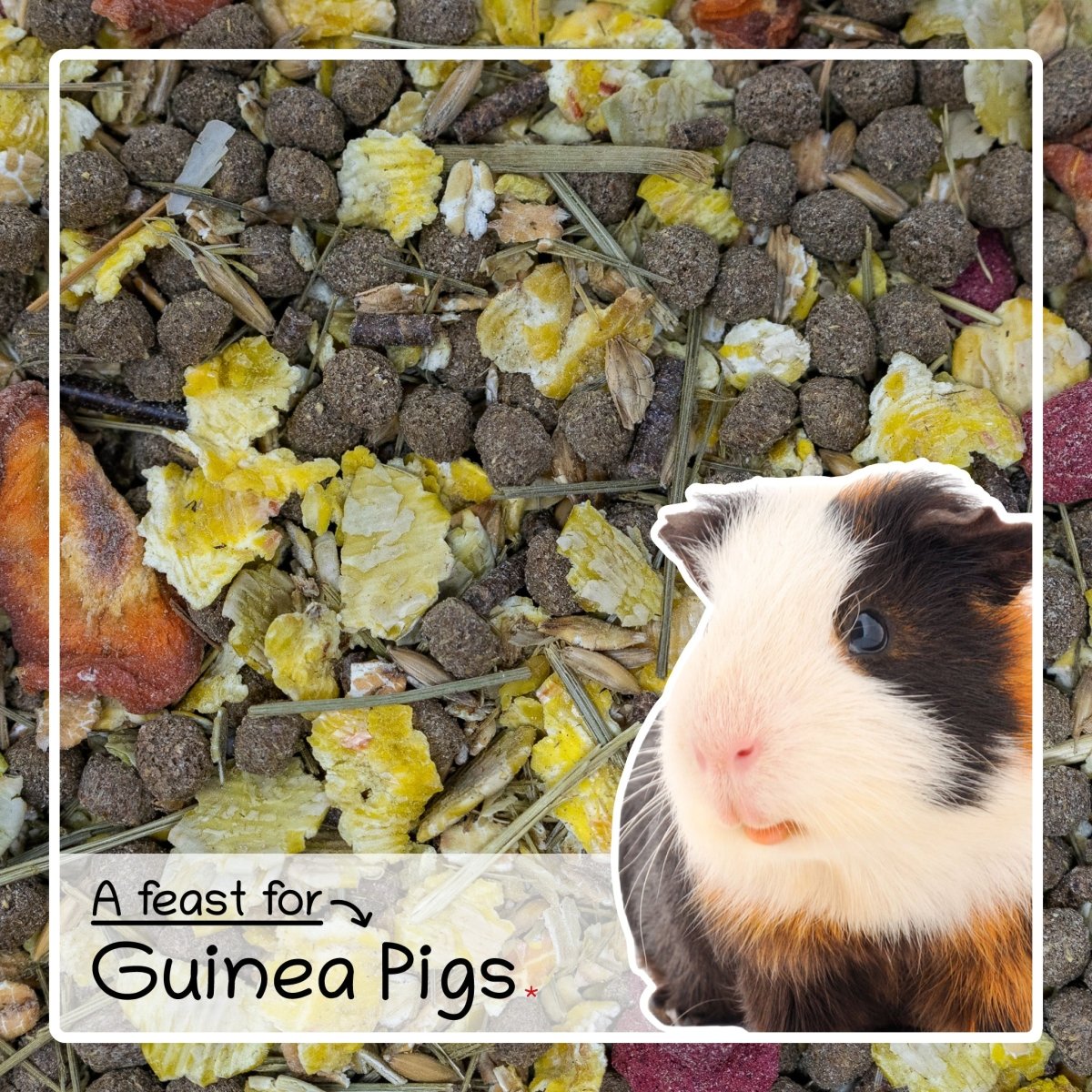

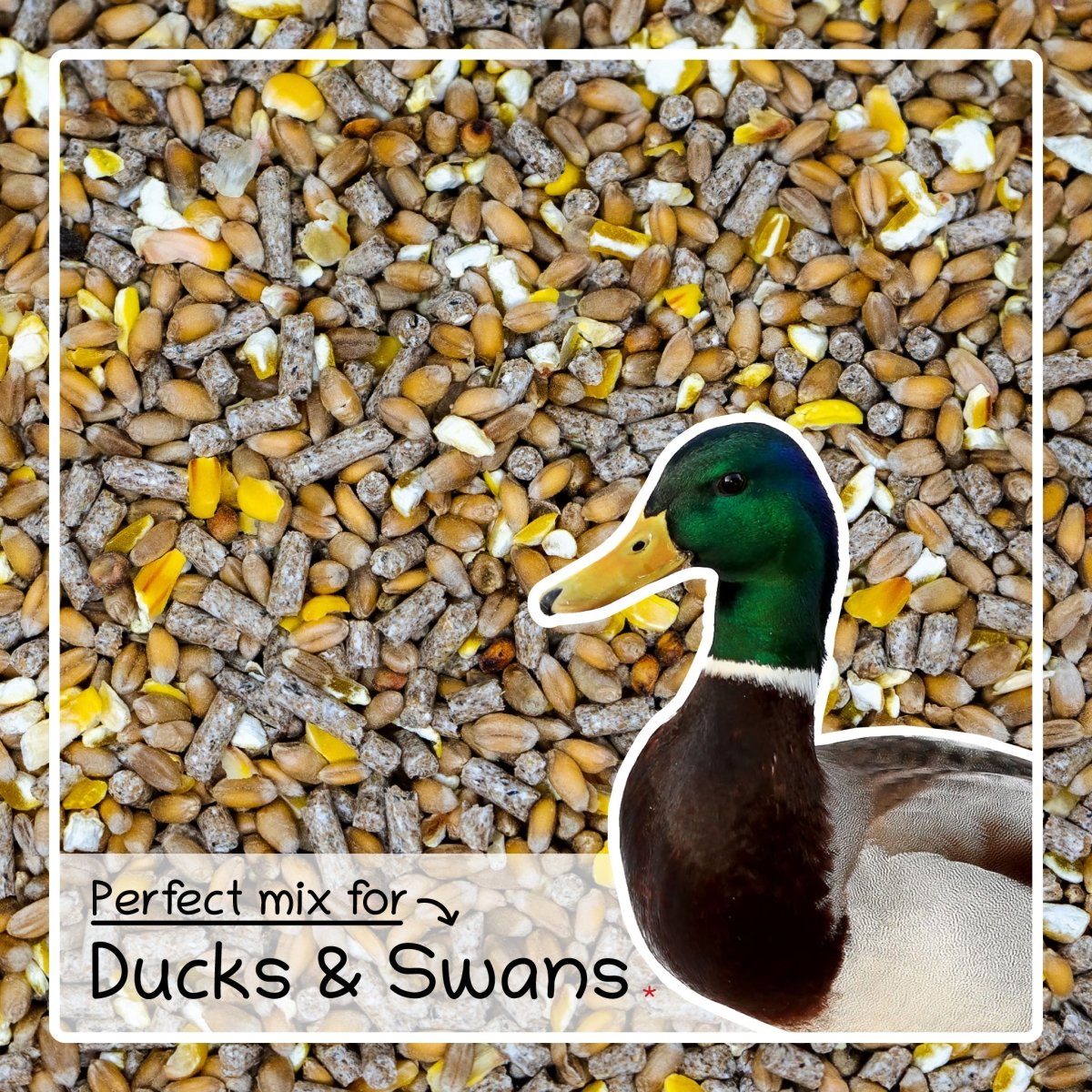
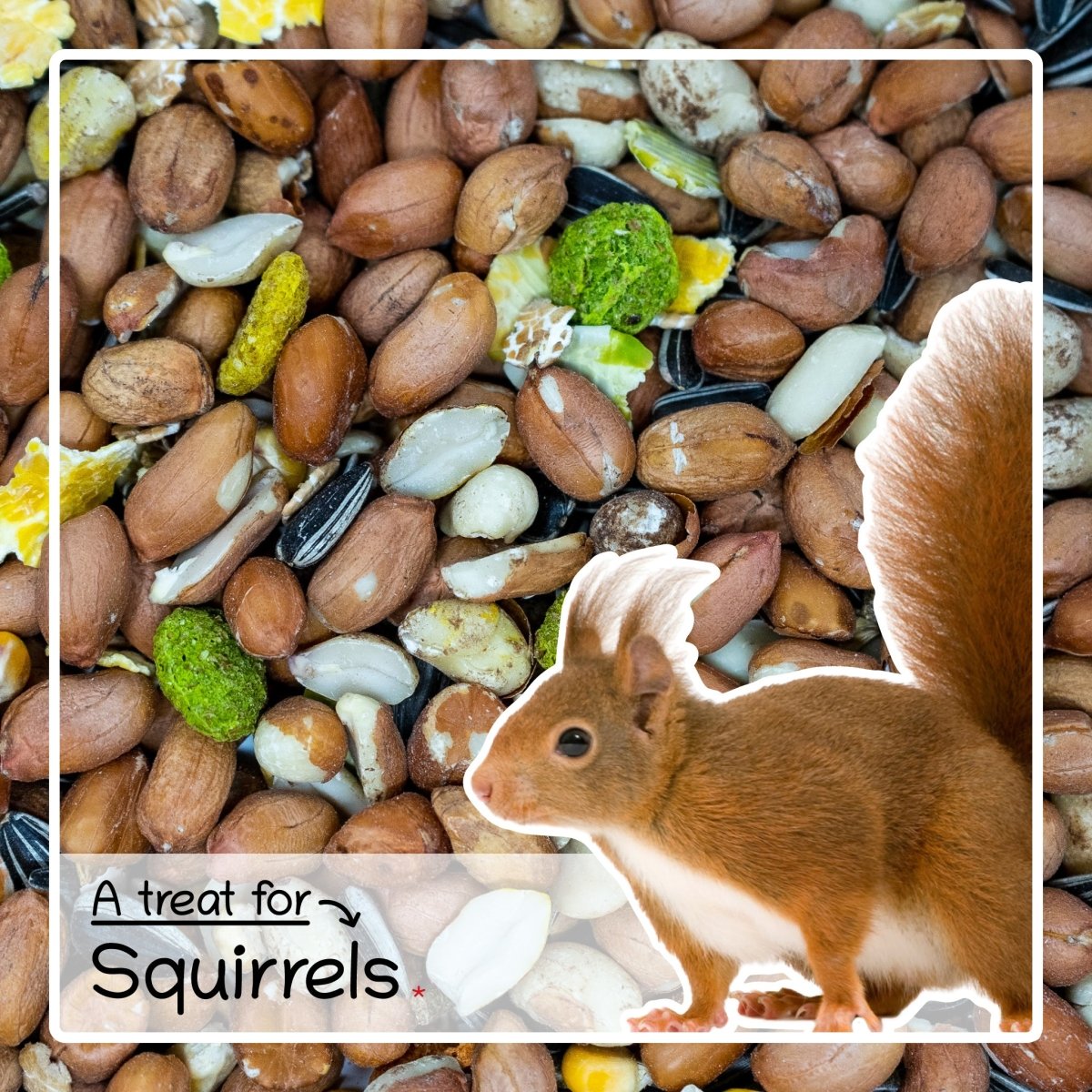


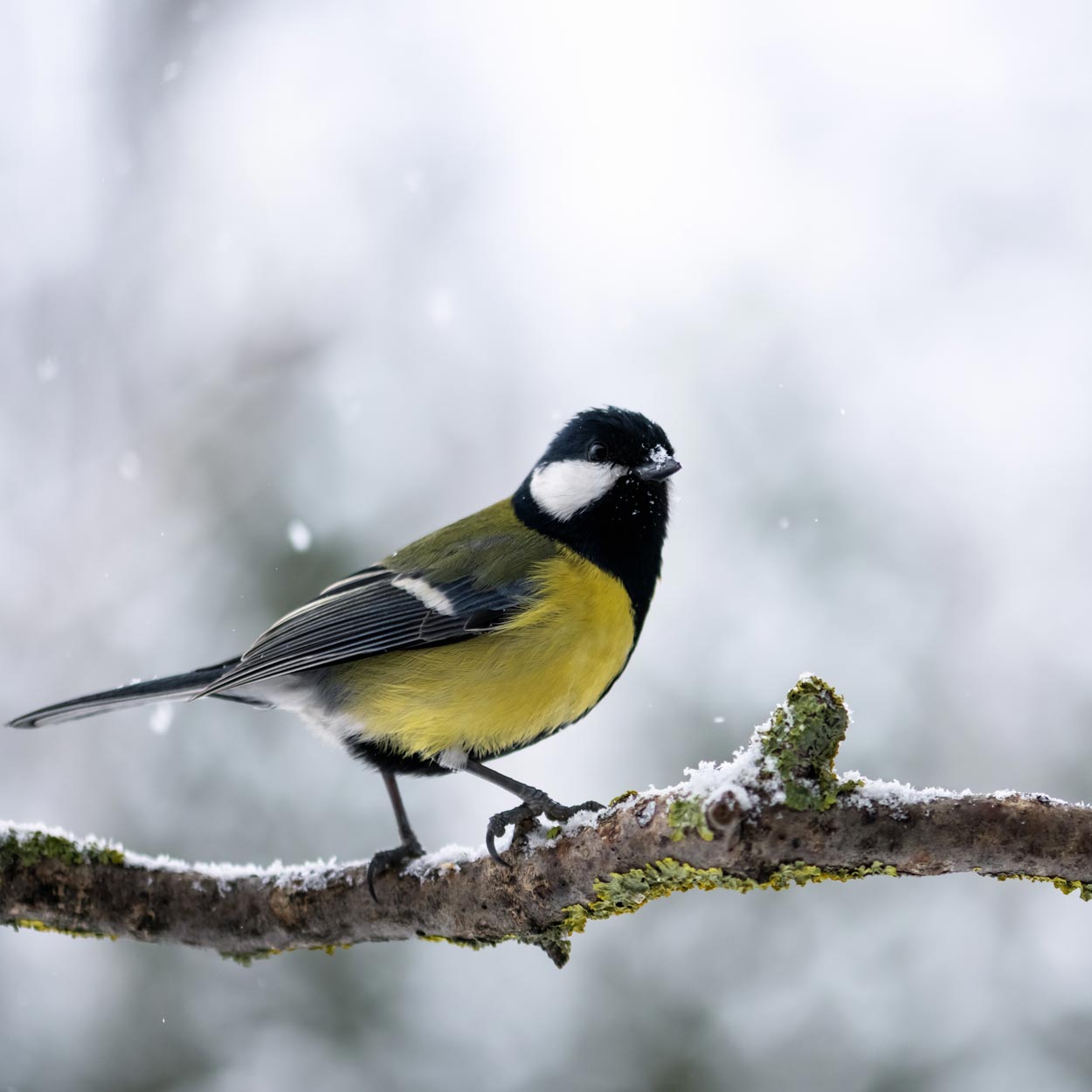
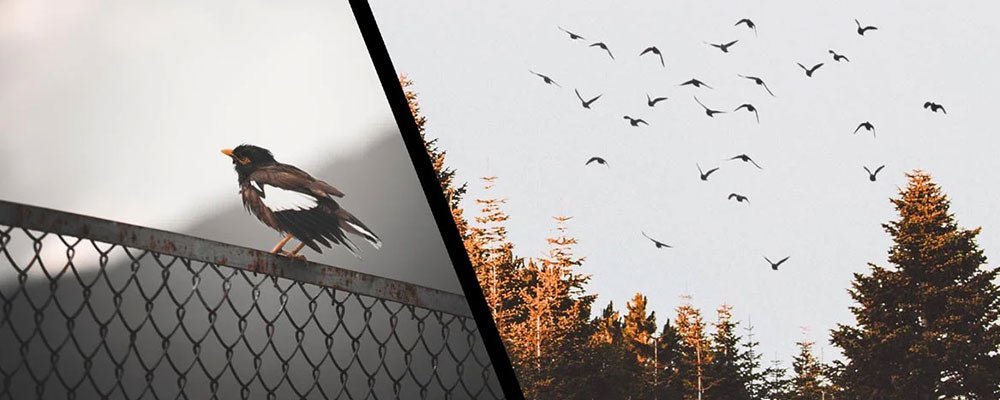
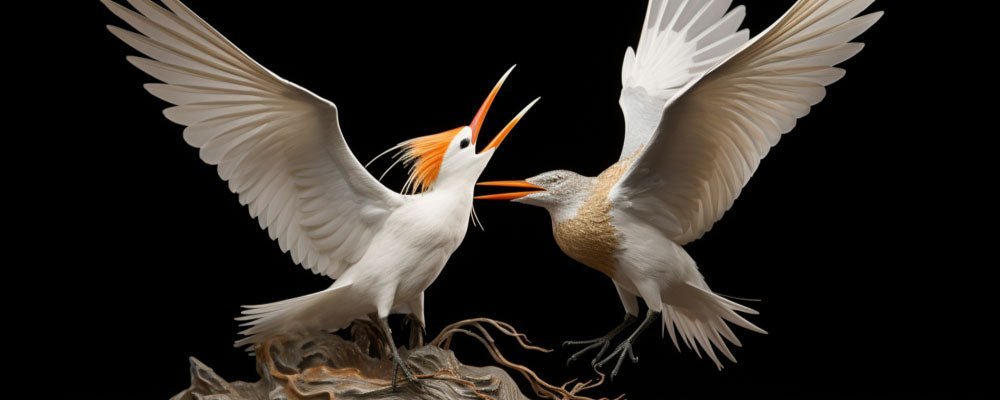
Leave a comment
This site is protected by hCaptcha and the hCaptcha Privacy Policy and Terms of Service apply.